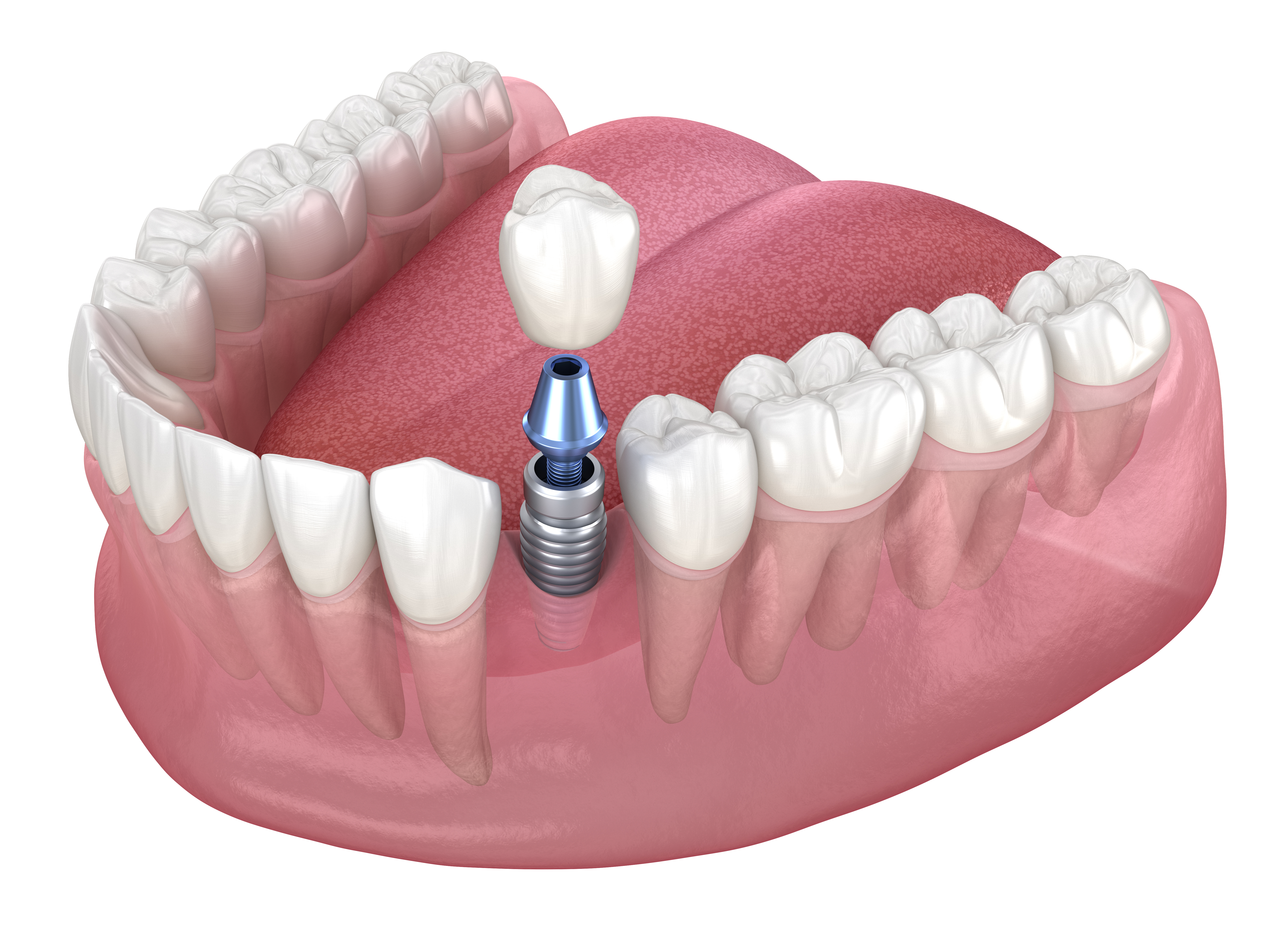Alternatives to Dentures: Options for Replacing Missing Teeth
Loss of natural teeth can affect chewing, speech, facial appearance, and confidence. Dentures are a common solution, but they are not the only option. This article explains several alternatives to dentures, how they function, and what to consider when choosing a replacement for missing teeth. It highlights differences in stability, maintenance, and how each approach interacts with oral structures.

This article is for informational purposes only and should not be considered medical advice. Please consult a qualified healthcare professional for personalized guidance and treatment.
Teeth: what replacement options exist?
When people talk about replacing missing teeth, they usually mean restoring both appearance and function. Alternatives include fixed bridges, resin-bonded bridges, implant-supported crowns, and implant-retained overdentures. Fixed bridges attach to adjacent teeth and replace one or more teeth in a row. Implant-supported crowns replace a single tooth using a titanium post anchored in the jawbone, closely mimicking a natural tooth root and crown. Resin-bonded bridges require less alteration of neighboring teeth and may be suitable for front teeth. Each option varies in durability, cost, and the amount of natural tooth or bone involvement required.
Dentures: why consider alternatives?
Dentures—full or partial removable appliances—are a familiar solution but have limitations. Removable dentures can shift during eating or speaking, may need relining as the jawbone changes, and sometimes cause sore spots. Some people find them inconvenient for daily cleaning or uncomfortable with adhesives. Alternatives can offer greater stability, improved chewing efficiency, and a more natural feel. For instance, implant-supported solutions reduce movement and can preserve jawbone by transmitting chewing forces to bone. Choosing an alternative often depends on oral health, the condition of remaining teeth, bone quantity, and personal preferences about permanence and maintenance.
Dental implants: how they work
Dental implants are small titanium posts surgically placed into the jawbone to act as artificial roots. After a healing period (osseointegration) the post is fitted with an abutment and a crown, bridge, or attachment for an overdenture. Implants provide strong support for chewing and do not rely on neighboring teeth for stability, which helps preserve adjacent tooth structure. They can also slow jawbone resorption that occurs after tooth loss. Not everyone is an immediate candidate; sufficient bone and good overall oral health are important. Treatment timelines vary from a few months for a single tooth to longer protocols for full-arch restorations.
Implants and bridges: support for your mouth
Bridges and implant-supported restorations both replace missing teeth but differ in how they distribute forces across the mouth. Traditional bridges are anchored to prepared adjacent teeth and span the gap, while implant-supported bridges are anchored to implants and free adjacent natural teeth from alteration. Implant-retained overdentures use two or more implants to stabilize a removable prosthesis, improving fit and comfort compared with conventional dentures. For full-arch replacement, options include fixed implant bridges or removable implant overdentures; both influence how the mouth functions during eating and speaking. A clinician will assess bite, bone levels, and oral hygiene ability when recommending one approach over another.
Mouth care after tooth replacement
Maintaining mouth health after any tooth-replacement procedure is essential. Implants and implant-supported restorations require daily cleaning around abutments and specific tools such as interdental brushes or water flossers to prevent inflammation (peri-implant mucositis). Fixed bridges need careful cleaning underneath the pontic; special floss threaders or interdental brushes help. Removable prostheses should be cleaned outside the mouth and allowed to rest overnight when recommended. Regular dental checkups monitor the health of gums, bone, and any supporting teeth or implants. Good oral hygiene and routine professional care help extend the life of restorations and protect remaining natural teeth.
Conclusion
There are several viable alternatives to dentures ranging from conservative resin-bonded bridges to implant-supported crowns and overdentures. Each option balances factors such as stability, treatment time, invasiveness, and maintenance needs. Decisions should be based on clinical assessment of teeth and bone, personal preferences about permanence and hygiene, and advice from a qualified dental professional.






